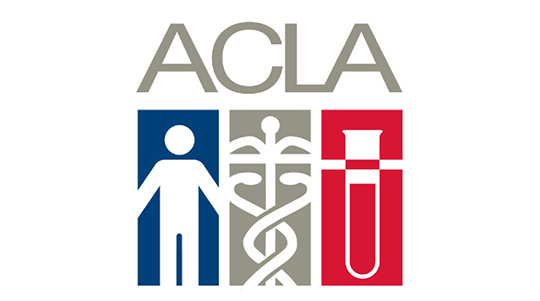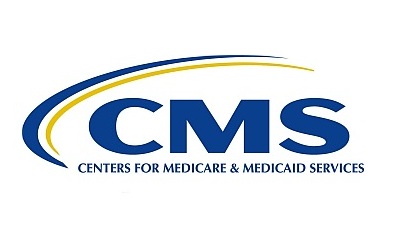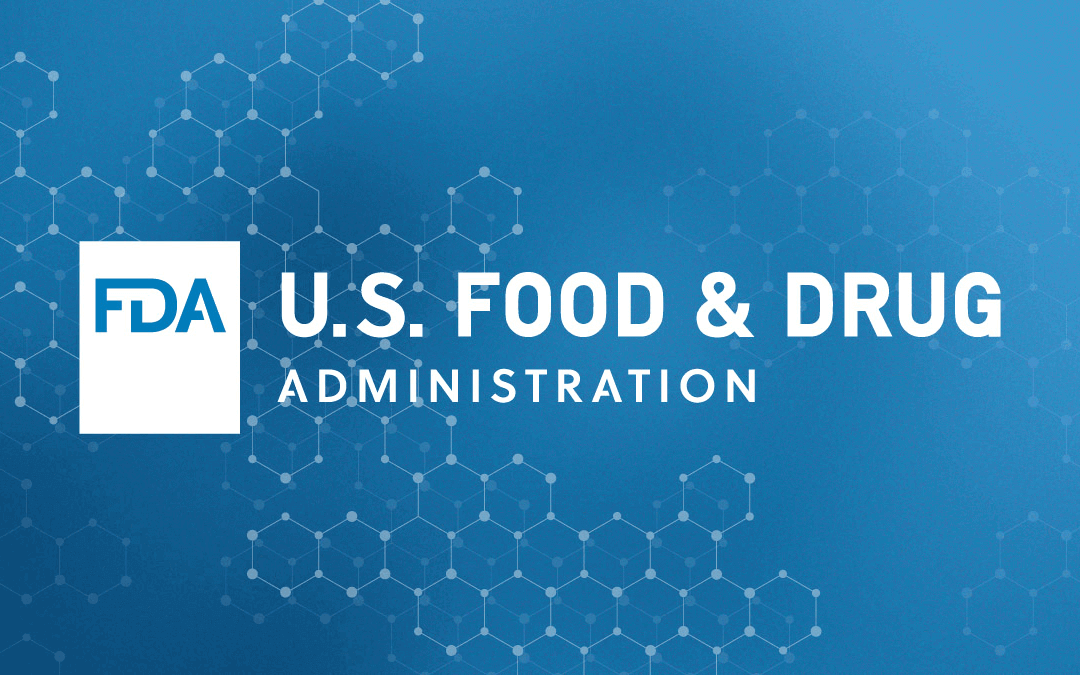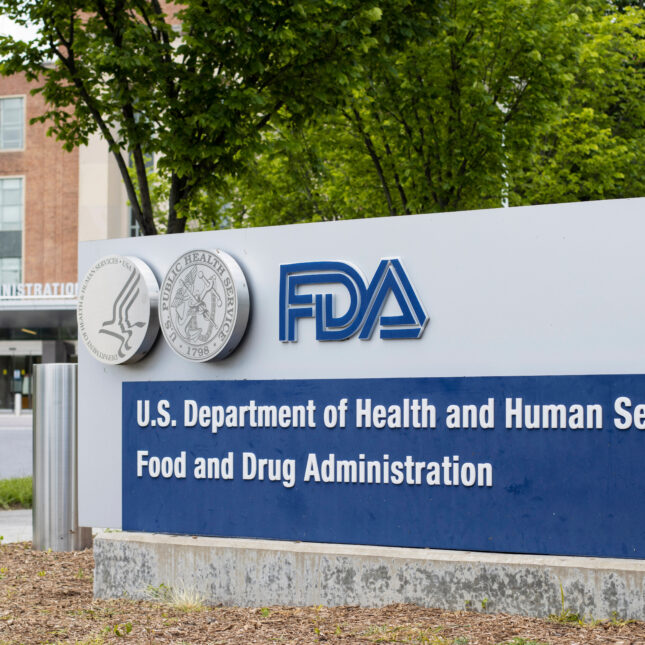
New PAMA Reform Bill Would Freeze CLFS Rates Through 2028
New PAMA Reform Bill Would Freeze CLFS Rates Through 2028
A bipartisan bill that would freeze Medicare Clinical Lab Fee Schedule (CLFS) rates for 2026-2028 and overhaul the way that future CLFS rates are determined was introduced on September 10.
The Reforming and Enhancing Sustainable Updates to Laboratory Testing Services (RESULTS) Act was proposed by Reps. Richard Hudson (R-NC), Gus Bilirakis (R-FL), Brian Fitzpatrick (R-PA) and Scott Peters (D-CA) in the House of Representatives. A Senate version has been introduced by
Sens. Thom Tillis (R-NC) and Raphael Warnock (D-GA).
ACLA President Susan Van Meter says it’s now critical for the entire lab industry to show support for the RESULTS Act by contacting members of the Senate Finance, House Ways & Means and especially the House Energy & Commerce committees. The goal is to get the RESULTS Act inserted
into a broader healthcare package expected to be passed later this year.
ACLA has not finalized its estimate of what it thinks the RESULTS Act might cost. A critical factor to gaining passage is Congressional Budget Office (CBO) scoring. The understaffed CBO will need to be convinced that the RESULTS Act has a reasonable chance of passage before it devotes the time and resources to analyze its cost. A high-cost estimate from the CBO could doom passage into law.
Without new legislation, Medicare CLFS rate cuts of up to 15% for roughly 800 lab tests will take effect on January 1, 2026. In addition, independent labs, hospital outreach labs and large POLs will be required to report their private-payer volume and payment data from 2019 for approximately 1,500 lab test codes by March 31, 2026. CMS will use this data to determine Medicare CLFS rates for 2027-2029.
The RESULTS Act would:
- Freeze Medicare CLFS rates at current levels for 2026-2028.
- Medicare CLFS rates for 2029-2032 would be based on weighted median private payer rates from January 1 – June 30, 2027.
- Labs would no longer be required to report their private-payer payment data.
- Data would be supplied to CMS from a claims database (including at least 50 billion lab claims from >50 private payers) from an independent nonprofit entity (e.g., The FAIR Health Database).
- Rate cuts would be limited to 5% per year with no cap on rate increases.
- Private-payer payment data would be collected and analyzed every 4 years (instead of 3 years).
- Special reporting rules would apply to non-widely available lab test codes
(100 or fewer labs perform) and for Advanced Diagnostic Lab Tests (ADLTs)
ACLA’s Van Meter says that the RESULTS Act removes the reporting burden from labs and would help ensure that all lag segments are accurately represented [especially highly reimbursed hospital outreach labs]. Lobbying efforts are being focused on committee members (Senate Finance and House Ways & Means and Energy & Commerce) because their support is necessary to advance the bill.
Previous efforts at PAMA reform, including the LAB Act (introduced 2019) and SALSA (introduced 2022), were unsuccessful primarily because of their estimated costs. For example, the CBO had estimated that passing SALSA into law would cost $6 billion over 10 years.
Over the past five years (2021-2025), Medicare CLFS rates have been frozen because of a series of one-year delays. Previously, the CBO had scored one-year delays to save money under the erroneous assumption that private payer lab test rates were increasing in line with inflation. However, the CBO is updating its forecasting model for the CLFS and another one-year freeze is unlikely.



